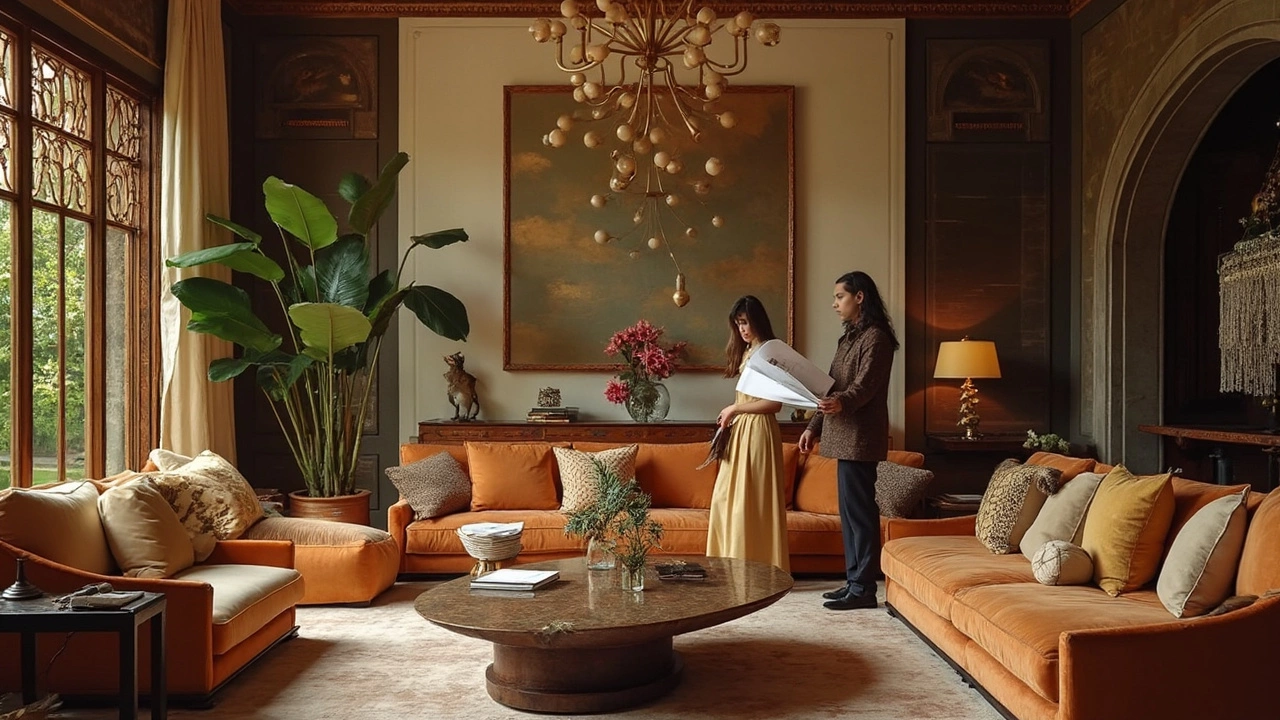Bespoke Design: Tailored Spaces for Real Homes
When working with bespoke design, a design approach that crafts spaces to fit the exact needs, tastes, and lifestyle of the owner. Also known as custom design, it blends architecture, interior styling, and functional planning into one seamless process.
One of the core pillars of custom home design, the practice of shaping a building’s layout, structure, and finish to match a homeowner’s vision is the architectural services brief, a detailed document that outlines project goals, budget, materials, and timelines. This brief acts like a roadmap: without it, even the most creative ideas can drift off course. By defining key attributes—such as floor area, energy efficiency standards, and material preferences—the brief ensures every stakeholder speaks the same language.
Why Personalized Decor Matters
Personalized decor, the selection of colors, textures, and furnishings that reflect an individual’s personality is more than a finishing touch; it influences how a space feels and how its occupants interact with it. A study by the Indian Institute of Interior Studies found that homes with tailored decor report a 27% higher satisfaction rate among residents. When you blend personalized decor with a solid architectural brief, you get a design that not only looks good but also functions intuitively—think ergonomic kitchen work triangles, lounge areas that boost social interaction, and bedroom layouts that improve sleep quality.
Another essential entity in the bespoke design ecosystem is interior design, the art and science of arranging interior spaces for both aesthetic appeal and practical use. Interior designers translate the brief into tangible solutions: choosing the right curtain colors to make a room feel cozy, placing appliances like the fridge to maintain the work triangle, or selecting flooring hues that match any decor. Their expertise bridges the gap between architecture’s structural focus and the homeowner’s day‑to‑day experience.
These entities don’t exist in isolation. Bespoke design encompasses custom home design, which in turn requires a clear architectural brief, while personalized decor and interior design shape the final experience. In practice, a homeowner might start with the 3x4 kitchen rule to ensure ergonomic efficiency, then use that measurement to guide the layout in the brief. The interior designer follows up by picking curtain colors that add warmth, and the builder implements everything while respecting the budget and timeline.
Our collection below pulls together practical guides that illustrate each step of this chain. You’ll find checklists for measuring kitchen work triangles, budget‑friendly decorating ideas for those who think they have no style, negotiation tips for hiring landscapers, and even cost comparisons for building versus buying a home in 2025. Whether you’re just sketching a dream house or fine‑tuning an existing space, these articles give you the tools to make every design decision purposeful and aligned with your unique vision.
Wondering what makes a high end interior designer different from the rest? This article gets into how these pros transform spaces with custom details, rare materials, and a meticulous eye for both style and function. We’ll share what to look for when hiring, the costs you can expect, and insider tips to help you spot real luxury in design. You’ll learn what truly makes a space feel bespoke, and why top designers seem to know things even homeowners haven’t thought of yet. Perfect if you want luxe but also want it to feel like home.
View more
